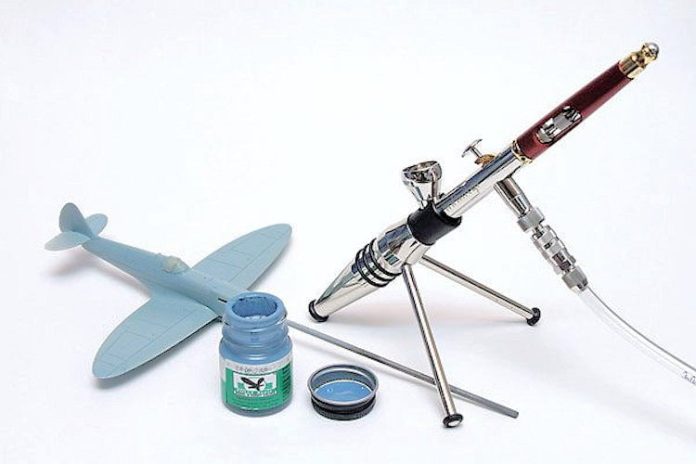As long as sensor lenses are not painted over it’s perfectly feasible for these devices to be matched to their environments using the proper paints and preparations. Bear in mind that painting a device may void its warranty, so check with manufacturers before proceeding.
The sorts of plastics that can be painted include things like ABS and polycarbonate – the things sensors are most often made of. You can also paint HIPS and Acrylic devices but there are plastic types you shouldn’t even think about painting. These include things like PVC, polypropylene and polyethylene. The rule of thumb is that any plastic that can be glued using solvent can be painted, while plastics that must be welded at the joins can’t.
The challenge is going to be making sure you don’t get talked into slapping on a coat of whatever water-based paint has gone on the walls or ceilings by an uninformed homeowner of manager. This may be easy but it will look awful, the finish will be streaky and uneven and there’s a good chance it will impact on sensor operation.
Instead the best paint for plastics is Acrylic Lacquer and when it’s being applied to acrylic or polycarbonate a half-strength thinner is generally required. Materials such as ABS and HIPS usually need a special plastic primer to be applied first but they’ll also need a half strength thinner.
You must clean the surfaces to remove dust and ensure paint has the correct adherence. Since most plastics are sensitive to solvents like aromatic hydrocarbons, concentrated alcohol, and ketones, use care in cleaning. Clean parts with a 25 per cent solution of denatured alcohol and distilled water. However, for stains such as oil or grease, you can use a stronger cleaning agent like a drop of kerosene on a clean, damp cloth. Be sure the plastic surface is dry before painting.
Another important thing is to neutralize electric or static charges that accumulate on the surface of plastic when masking tape is removed after painting or preparing. Since tearing the masking off the device will create a static charge, all pieces should be treated.
You do this is with an ionizing air gun. These guns safely and effectively neutralize electric charges and they’re commonly used when acrylic sheets are being spray painted. For smaller jobs you can employ techniques like wiping the sheet with a damp, lint-free cloth or cleaning with a diluted alcohol-water solution. You should avoid anti-static cleaners since they may leave a residue and cause paint adhesion problems.
Before painting, practice on a few old test devices to be sure that paint viscosity is correct. Too much paint will cause paint sag. It may also cause crazing due to too much solvent. Too little paint will result in a matte surface caused by dusting.
If you need to remove paint from the surface of a plastic device, take it off immediately with the paint manufacturer’s recommended cleaner. Apply the remover using a cloth; wipe off paint using a different clean cloth. Because paint removers contain organic solvents, minimize the time the remover is in contact with the plastic to reduce the chance of crazing.
If you’re painting a device housing, remove the board and any connections (mask what can’t be put to one side), and be sure to remove the lens rather than masking it. When you’re done and the paint is dry, rebuild the sensor and conduct walk tests just as if you’re recommissioning a new zone.
When it comes smoke sensor housings you should contact the manufacturer directly to assess your options when beige or cream coloured life safety sensors start clashing with designer decors.
#sen.news











